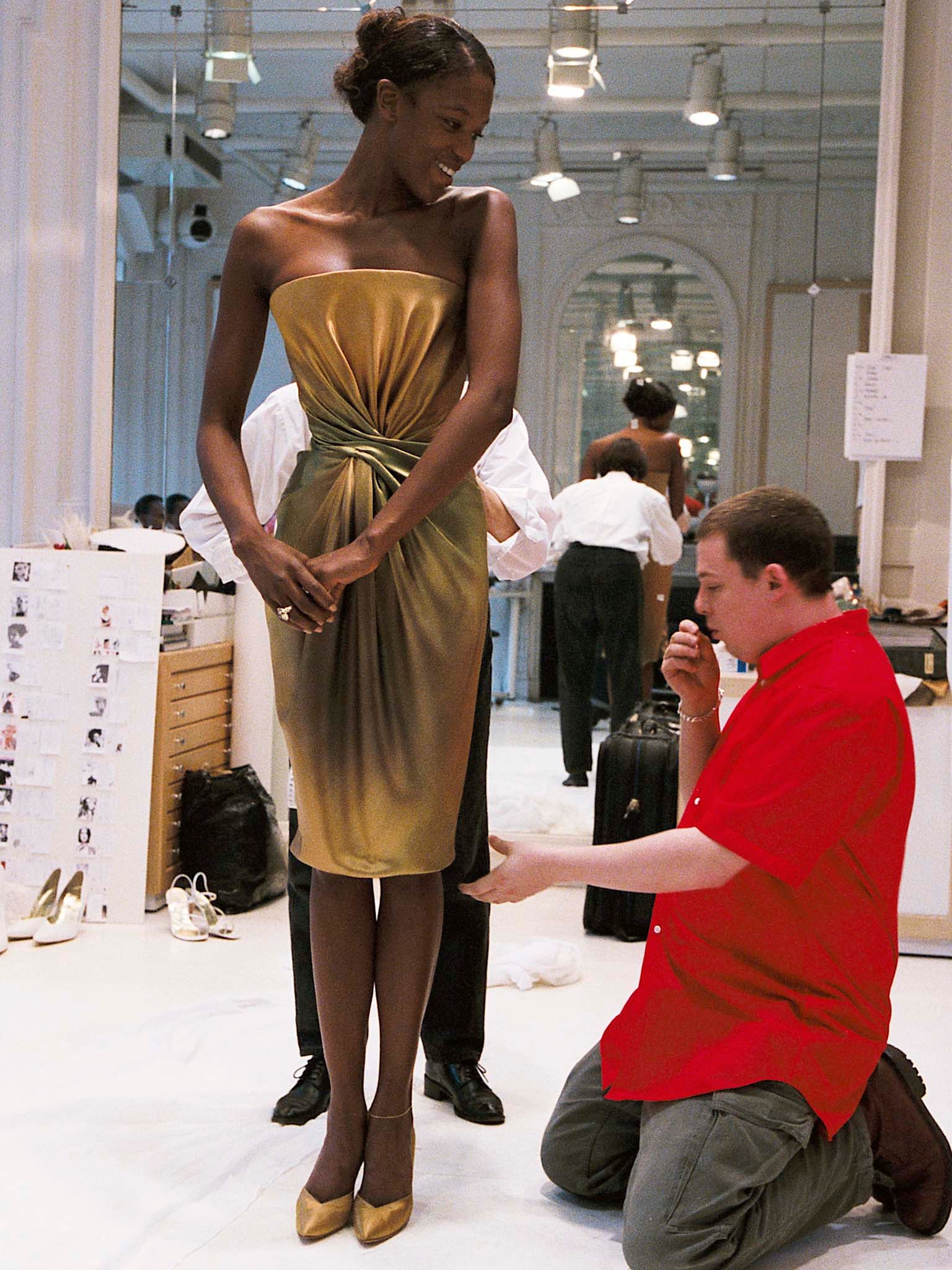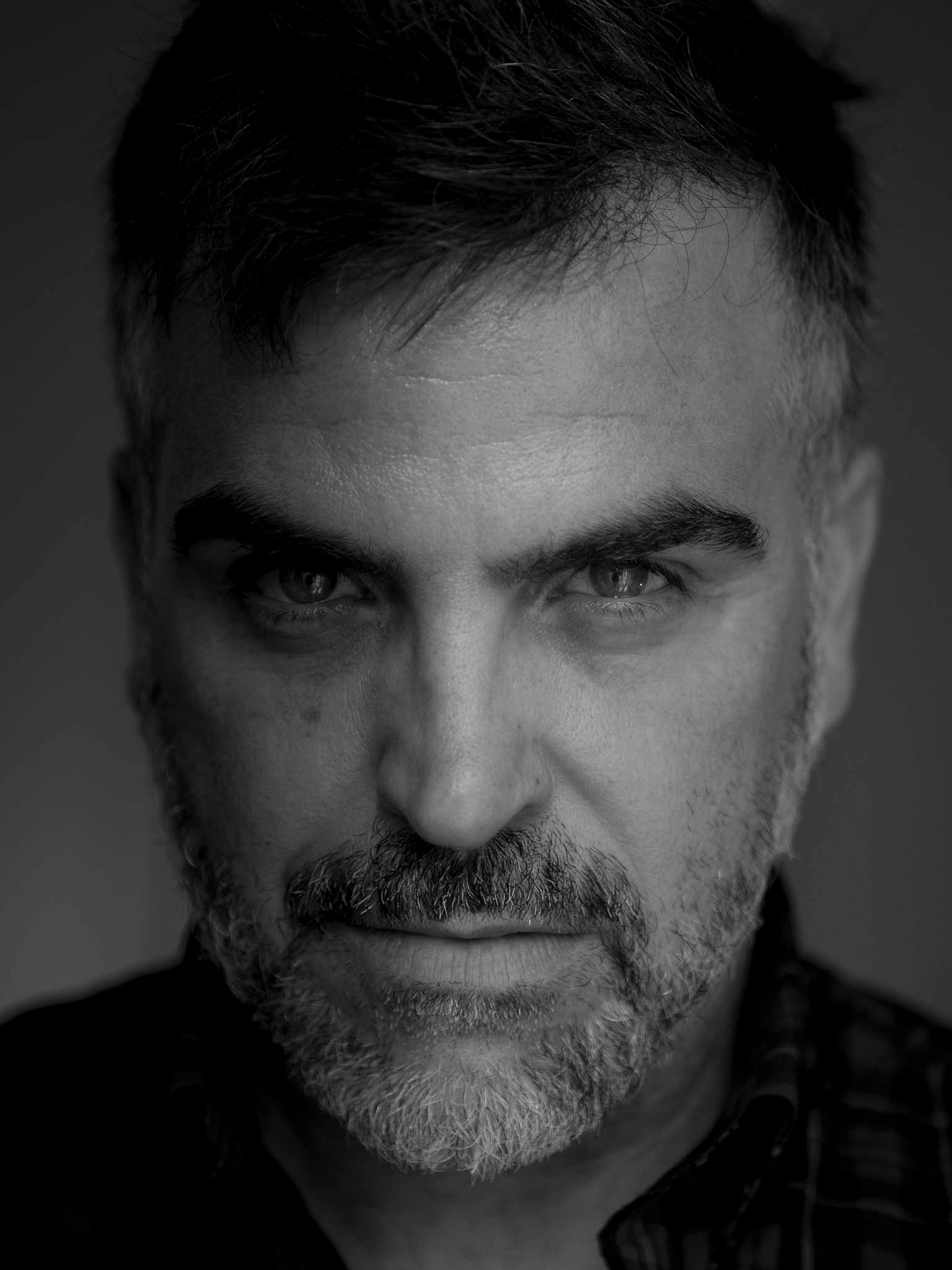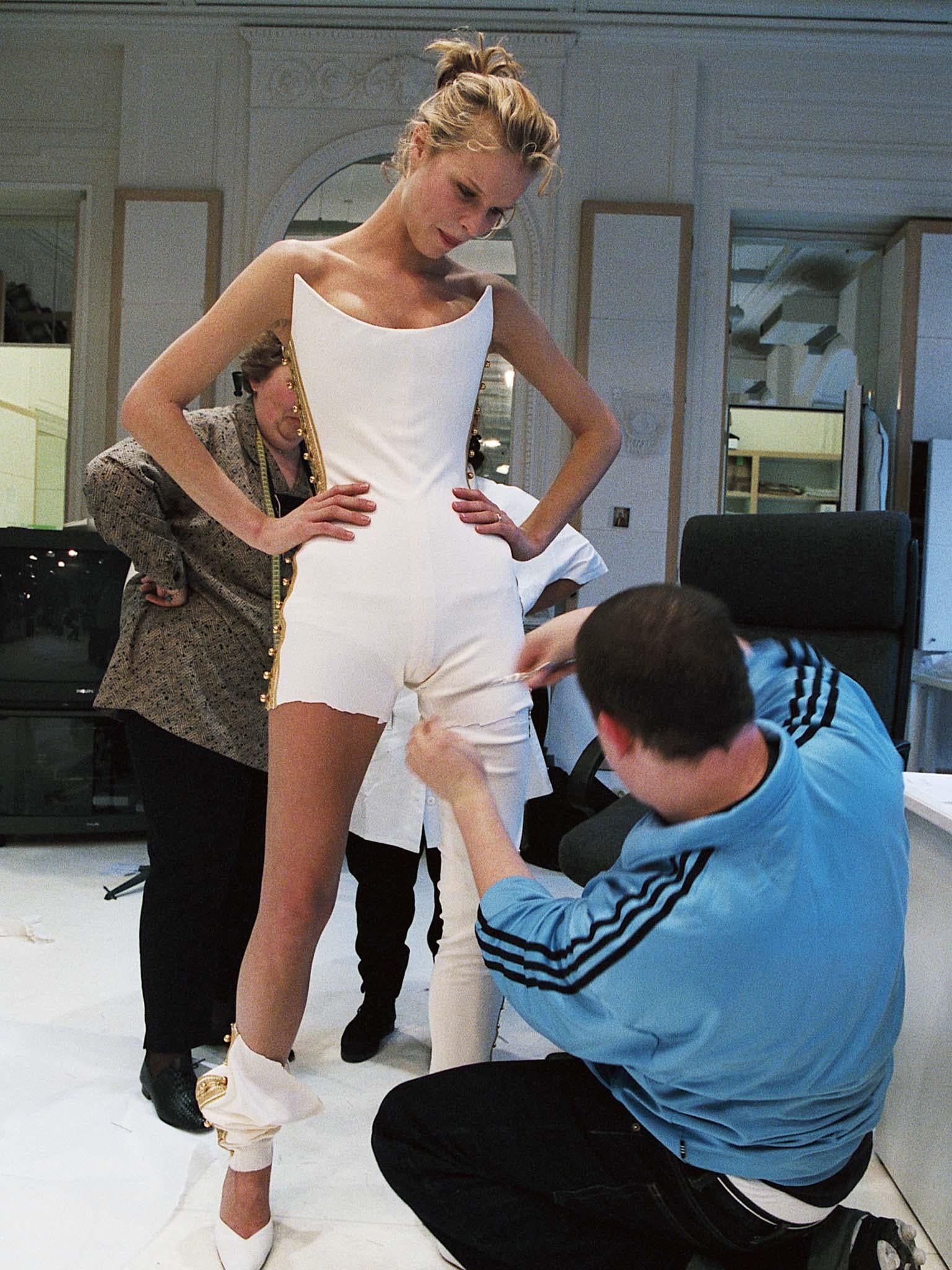Alexander McQueen proved money doesn’t bring you happiness, but will the truth of his character be revealed in latest documentary?
Since his death in 2010, McQueen has been sensationalised and debased as much as he’s been revered, so Kaleem Aftab asks, which is right?

Your support helps us to tell the story
From reproductive rights to climate change to Big Tech, The Independent is on the ground when the story is developing. Whether it's investigating the financials of Elon Musk's pro-Trump PAC or producing our latest documentary, 'The A Word', which shines a light on the American women fighting for reproductive rights, we know how important it is to parse out the facts from the messaging.
At such a critical moment in US history, we need reporters on the ground. Your donation allows us to keep sending journalists to speak to both sides of the story.
The Independent is trusted by Americans across the entire political spectrum. And unlike many other quality news outlets, we choose not to lock Americans out of our reporting and analysis with paywalls. We believe quality journalism should be available to everyone, paid for by those who can afford it.
Your support makes all the difference.There is a battle over the legacy of Alexander McQueen. The British fashion designer remains a conundrum eight years on from his death. During his life he was feted and reviled for his ability to shock on the catwalk. He was the enfant terrible, the East End boy who ruffled the feathers of Parisian haute couture. The acclaimed Savage Beauty exhibition in 2015 at The Victoria and Albert museum posthumously celebrated his clothing lines .
But the books and articles published since his death have raised questions about his personal life and personality. They revelled in tales of cocaine use and the news that he was HIV positive at the time he took his own life in 2010, speculating over when he contracted the illness and from whom. Since his death, McQueen has been sensationalised and debased as much as he’s been revered. So which is right? Should we be lauding or demonising McQueen?
Attempting to disconnect the man from the myth is a new documentary, McQueen, by co-directors Ian Bonhôte and Peter Ettedgui. It takes the long-view look at his life. The biography, separated into five chapters named after his shows, is told through talking head interviews with members of his family and revealing anecdotes from his former assistant Sebastian Pons as well as archive footage of McQueen and magazine editor, the late Isabella Blow.
The two sides to the fashion icon reflect the fact he was known by two names. He was Lee to his friends and family and to the world he was Alexander McQueen. Lee was the happy-go-lucky, poverty-stricken East Ender, while Alexander McQueen was the sophisticated, rich, unhappy fashion icon.
There is the picaresque aspect to his life story; he was a modern day Dorian Gray: the older he got, the more buff and physically magnificent was the corps, but the cost was his mental wellbeing.

McQueen is probably smiling in paradise at his ability to still be the main topic of conversation so many years after his suicide shocked the world. From the very beginning he was a master of attracting media coverage.
His 1995 breakthrough show called Highland Rape featured models in revealing, torn outfits and most controversially, one model stuttered up the catwalk as if she had just been attacked, her clothes ripped and left breast hanging out. It caused a furore. McQueen was accused of being a misogynist glorifying rape for media coverage and acclaim. He responded that the show was a commentary on England’s conquering of Scotland, his ancestral homeland.
Then came the infamous “bumsters”, low-slung jeans that would make a construction builder blush with the amount of crack on show. They changed high street fashion and led to the term “muffin top” being invented, for those sporting the look but whose stomachs would bulge over the trouser waist.

He made skull prints popular, which hinted at his dark side. His 2001 Voss show set in an asylum was hailed as one of the greatest ever and featured model Erin O’Connor in a white column dress, embellished with white razor-clam shells. He would choose models that questioned the standard aesthetics of the industry; Aimee Mullins, the former paralympian, wore carved elm wood prosthetic legs for his 1999 show and, at Voss, in an old bus depot by the Thames, he ended by revealing plus sized writer Michelle Olley encased nude in a shattered glass tomb, attached to iron tubes and covered in giant moths.
There was also the use of technology in his shows. The robotic arms that spray-painted seemingly at random all over a constructed pristine white dress in 1999, for example. McQueen, both in his shows and in his designs, was a master of the silhouette.
“Everything that you see on the catwalk is a reflection on himself,” argues Gary McQueen, his nephew and graphic designer who would join the McQueen empire in the mid 2000s. “It was either his dreams or his nightmares.”

Born Lee Alexander McQueen on 17 March 1969 in Lewisham, his dad was a taxi driver and his mother, Joyce, a teacher. He left school at 16 in 1985 with a single O-level in art.
His nephew Gary recalls that he was always enamoured by the darker aspects of life: “When I was younger Lee would babysit me and my brother a lot, as my dad was a black cab driver, and he was the age where he needed the pocket money. He was a very interesting person. He would bring horror movies with him and tell horror stories.”
Family was of primary importance to McQueen. There was a close connection to his mother Joyce. It was Joyce who encouraged her son to go knocking on doors on Saville Row asking for an apprenticeship. McQueen’s first job was with Anderson & Sheppard before moving onto Gieves & Hawkes.
There was much made of the fact that McQueen died the day before his mother’s funeral. His nephew was working with him on designing a tombstone the day before he took his own life.
“The day before Lee took his life, he just said, ‘Okay, I want you to oversee this now, there is a budget for it,’” recalls Gary. “I didn’t think much of it. The next morning when I went to work we got the news. I’ve had a lot of counselling after. I went through my own spiral with mental health.”
Former McQueen assistant Pons, who first met the Londoner when they studied at Central Saint Martins College of Art and Design, saw a change in McQueen as his fame grew. He believes that his demise was fated long before the death of his mother.

“I’m convinced the plan was there,” says Pons. “From my point of view, looking back on it, when he came to see me in Majorca in March 2009 it was to say goodbye. Towards the end there was something disturbing in his mind. Something was there. He could see things and hear things and was convinced someone was following him. He would say go and look, I heard someone at the door. When I went to look and said no one there, he would say, you’re lying to me.”
The contrast with the man that Pons first met and the fallen figure he became could not have been greater: “When I first met him he was poor. His studio had nothing in there and he was living under the cutting room floor. I saw him go from poor to mega rich.”
“Lee was a down to earth person,” adds Pons. “They say money doesn’t bring you happiness. I remember him in the beginning and can see that he was happier. Money doesn’t necessarily come with good things.”
McQueen invited Pons to be his assistant when he landed the job replacing John Galliano at Givenchy. McQueen was the sore thumb in the Paris fashion world. He ran the fashion house by his own rules and in his own manner. McQueen refused to ingratiate himself into Parisian society, didn’t learn French and kept his own label going in London, which he would work on for half the year.
As a boss he was difficult. Pons says: “He would play the bitch boss. He’d come in and tell us, stop looking at your watches as you’re not going home, you are going to work late, and cancel your plans for Saturday night as well. Other times he would come in and say relax and go home.”

On a personal level he put loyalty above all else. “He was a great friend but really possessive,” adds Pons. “If he saw you hanging out with people he didn’t like he would let you know. You would be out of the club if you carried on.” This inevitably led to conflict. When Pons quit his job in 2000, McQueen did not speak to him for three years.
The next time Pons saw McQueen he had liposuction and a gastric band put into his stomach to reduce his weight. He was always battling with his figure. The results were dramatic, but even this came with a dark cloud. “He lifted his shirt and had a big scar. He had the physique but couldn’t take his top off. Now what he didn’t want to show was the scar.”
They only talked about Lee contracting HIV once. “He told me once that he had it,” says Pons. It was not brought up again. And Pons sees less significance in the use of cocaine than in the film’s suggestion that it contributed to McQueen’s paranoia. In the fashion world, “it’s like drinking a beer”.
Gary McQueen says of his uncle: “Lee compartmentalised all these different things in his life. His mum, his work, his friends and party lives. The major thing that sticks out in my mind is more the mental decline.”
Even his death was spectacularly orchestrated. A family member told Pons about the death scene. “On the morning Lee died, his house was full of candles like in the movie Carrie. You could smell incense. And flowers were arriving at the house, people sending flowers for his mother, or for him. You didn’t know.”
And so the McQueen story continues. There are fictional films planned, and more ideas trying to get to the bottom of this complicated, conflicted figure. But will the truth emerge? The work continues to be held in high esteem, but the man was a figure that is harder to stitch down.
‘McQueen’ is out now
If you have been affected by any of the issues discussed in this article you can contact the Samaritans on (0)20 8394 8300
Join our commenting forum
Join thought-provoking conversations, follow other Independent readers and see their replies
Comments